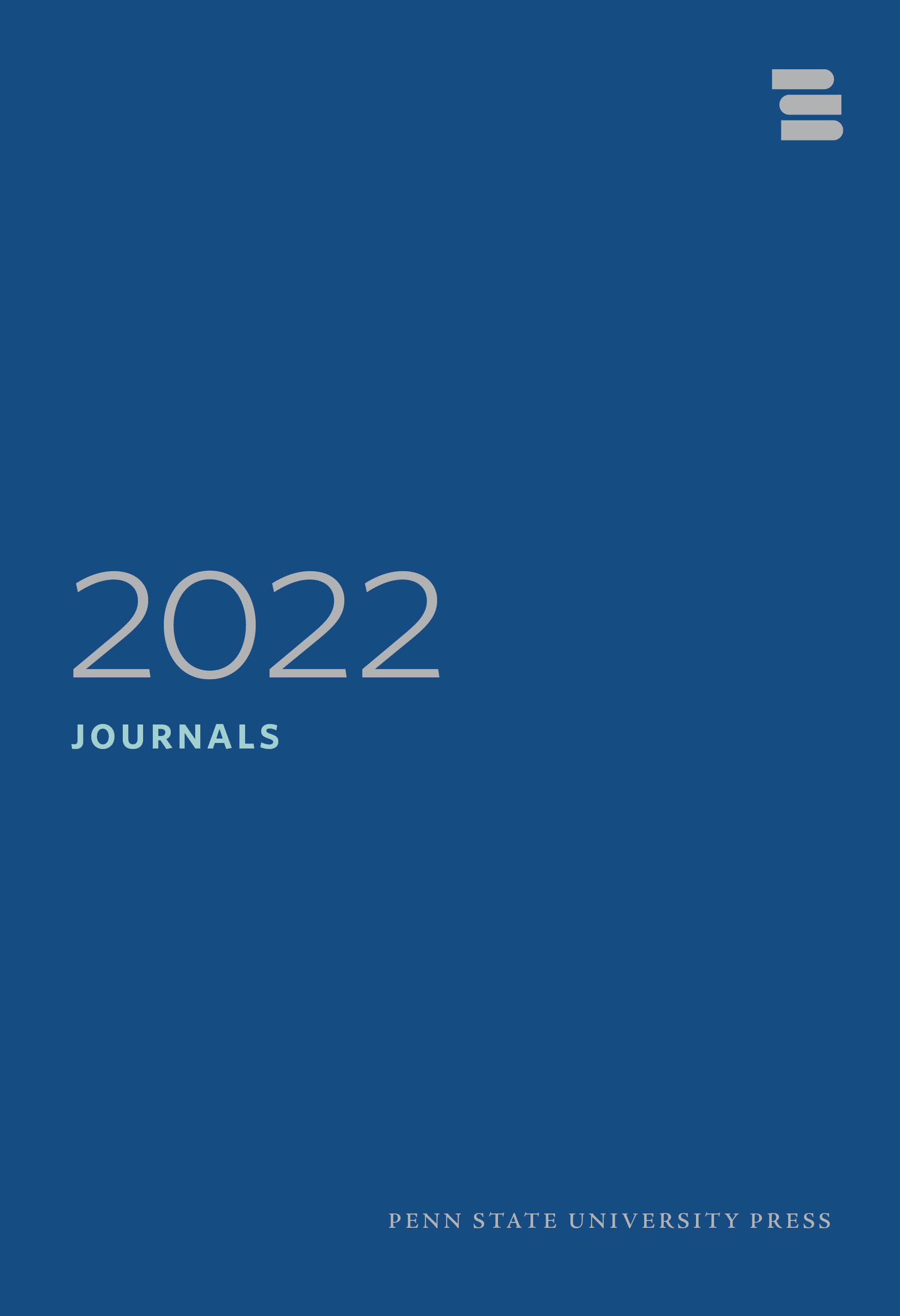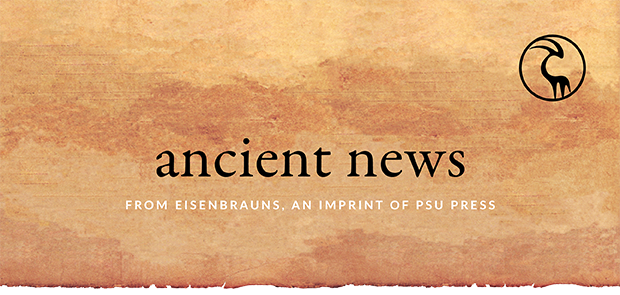
in this issue
general news
Welcome to the August issue of Ancient News!
The Dog Days of Sumer are here! Save up to 60% on books about Sumer when you use discount code SUMER2 at checkout. Sale ends 8/21. Stay up to date on all our special offers on our Sales & Specials page, or by subscribing to BookNews.
Enjoy!
the dog days of sumer sale
Save up to 60% with discount code SUMER2. Sale ends 8/21.
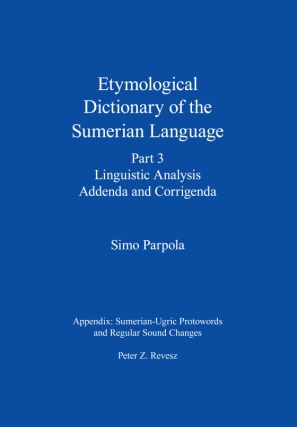
Etymological Dictionary of the Sumerian Language, Part 3
Linguistic Analysis, Addenda and Corrigenda
$75.00 $52.50
Part 1 of this dictionary presented Uralic etymologies for 3030 Sumerian words and morphemes corresponding to about two-thirds of the basic vocabulary of Sumerian included in the electronic version of the Pennsylvania Sumerian Dictionary (ePSD). The present volume provides a thorough linguistic analysis of the Sumerian and Uralic data found in Part 1, with particular attention to lexical isoglosses, distinctive features, sound correspondences and word derivation.
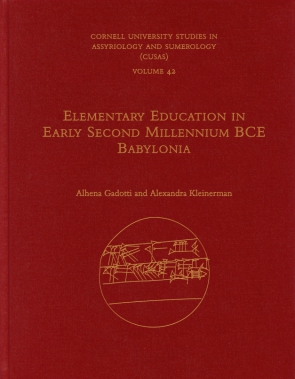
Elementary Education in Early Second Millennium BCE Babylonia
$89.95 $62.97
In this volume, Alhena Gadotti and Alexandra Kleinerman investigate how Akkadian speakers learned Sumerian during the Old Babylonian period in areas outside major cities. Despite the fact that it was a dead language at the time, Sumerian was considered a crucial part of scribal training due to its cultural importance. This book provides transliterations and translations of 715 cuneiform scribal school exercise texts from the Jonathan and Jeanette Rosen Ancient Near Eastern Studies Collection at Cornell University.
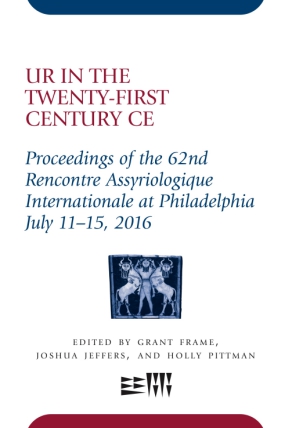
Ur in the Twenty-First Century CE
Proceedings of the 62nd Rencontre Assyriologique Internationale at Philadelphia, July 11–15, 2016
$129.95 $90.97
The city of Ur—now modern Tell el-Muqayyar in southern Iraq, also called Ur of the Chaldees in the Bible—was one of the most important Sumerian cities in Mesopotamia during the Early Dynastic Period in the first half of the third millennium BCE. The city is known for its impressive wealth and artistic achievements, evidenced by the richly decorated objects found in the so-called Royal Cemetery, which was excavated by the British Museum and the University of Pennsylvania from 1922 until 1934. Ur was also the cult center of the moon god, and during the twenty-first century BCE, it was the capital of southern Mesopotamia.
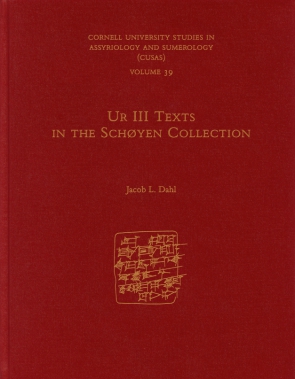
Ur III Texts in the Sch°yen Collection
$160.95 $112.97
Judging from the sheer amount of textual material left to us, the rulers of ancient Ur were above all else concerned with keeping track of their poorest subjects, who made up the majority of the population under their jurisdiction. Year after year, administrators recorded, in frightening detail, the whereabouts of the poorest individuals in monthly and yearly rosters, assigning tiny parcels of land to countless prebend holders and starvation rations to even more numerous estate slaves. The texts published in this volume—dating from the time of the Third Dynasty of Ur (ca. 2100–2000 BC)—attest to the immense investment of the ancient rulers in managing their subjects.
new books
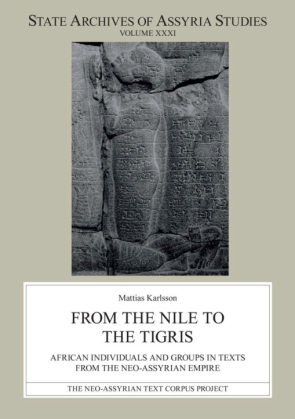
From the Nile to the Tigris
African Individuals and Groups in Texts from the Neo-Assyrian Empire
Mattias Karlsson
Egypt and Mesopotamia, two cradles of civilization, repeatedly came into contact with each other in antiquity. Interaction between Africa and Mesopotamia was particularly close and frequent in the period when the Neo-Assyrian Empire controlled Egypt and confronted the kings of Kush. This book seeks to identify Africans—namely, Egyptians, Kushites, and Libyans—in Neo-Assyrian texts from this period, discussing the presence of Africans in the Neo-Assyrian Empire at both individual/biographic and collective/demographic levels and exploring such concepts as ethnicity, multiculturalism, integration, and assimilation.
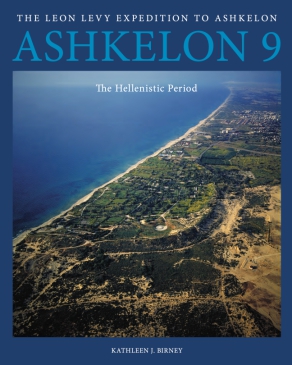
Ashkelon 9
The Hellenistic Period
Kathleen J. Birney
In press!
This ninth archaeological report of the Leon Levy Expedition presents the material remains of Ashkelon’s Hellenistic-period occupation. Drawing together contributions from a range of specialists, it adduces the evidence from Ashkelon’s material record to address larger economic, cultural, and political questions of the Hellenistic era.
journals news
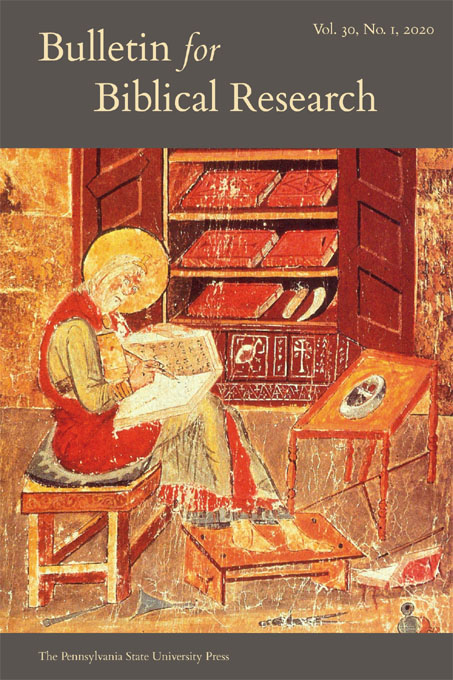
Consider submitting your manuscript to Journal of Theological Interpretation or Bulletin for Biblical Research today.
new from psu press
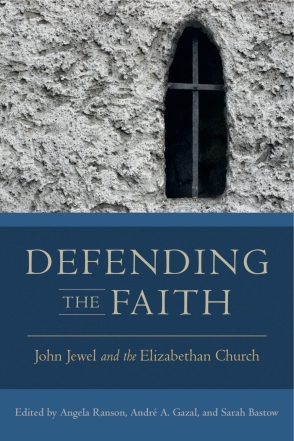
Defending the Faith
John Jewel and the Elizabethan Church
Edited by Angela Ranson, André A. Gazal, and Sarah Bastow
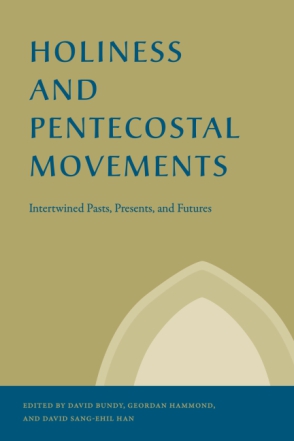
Holiness and Pentecostal Movements
Intertwined Pasts, Presents, and Futures
Edited by David Bundy, Geordan Hammond, and David Sang-Ehil Han
| Control your subscription options |
